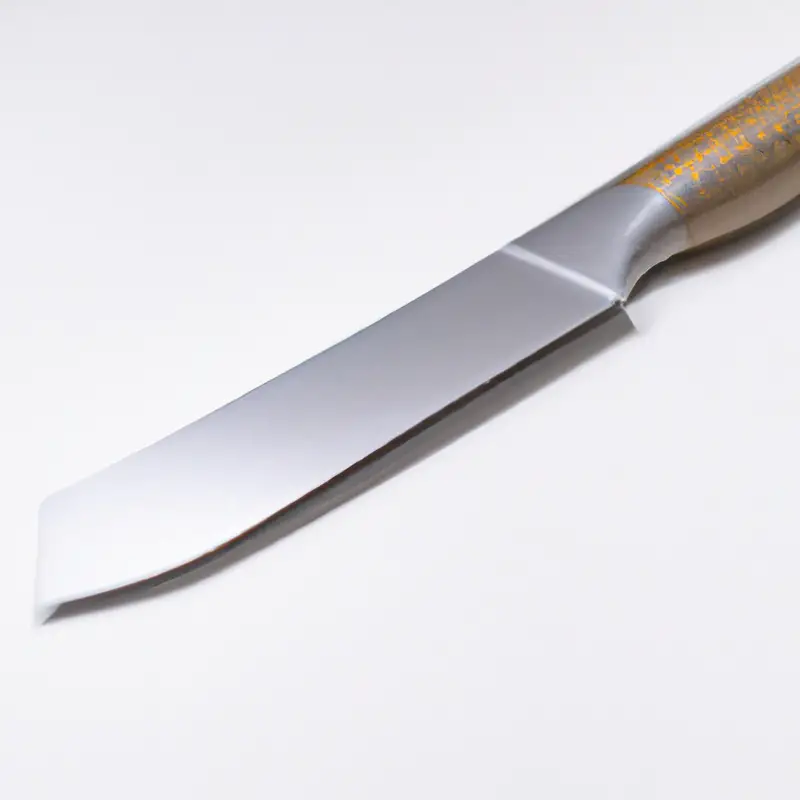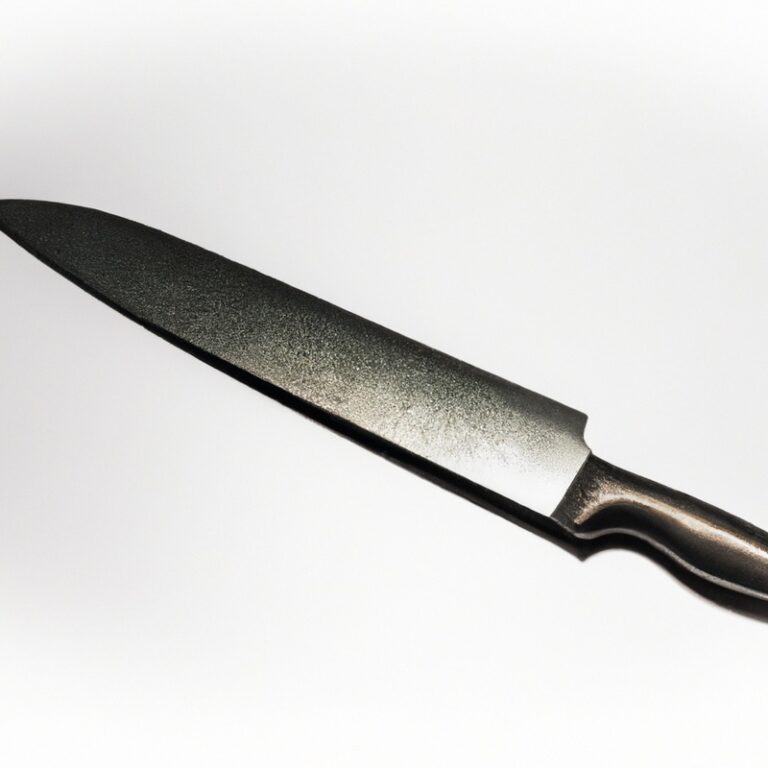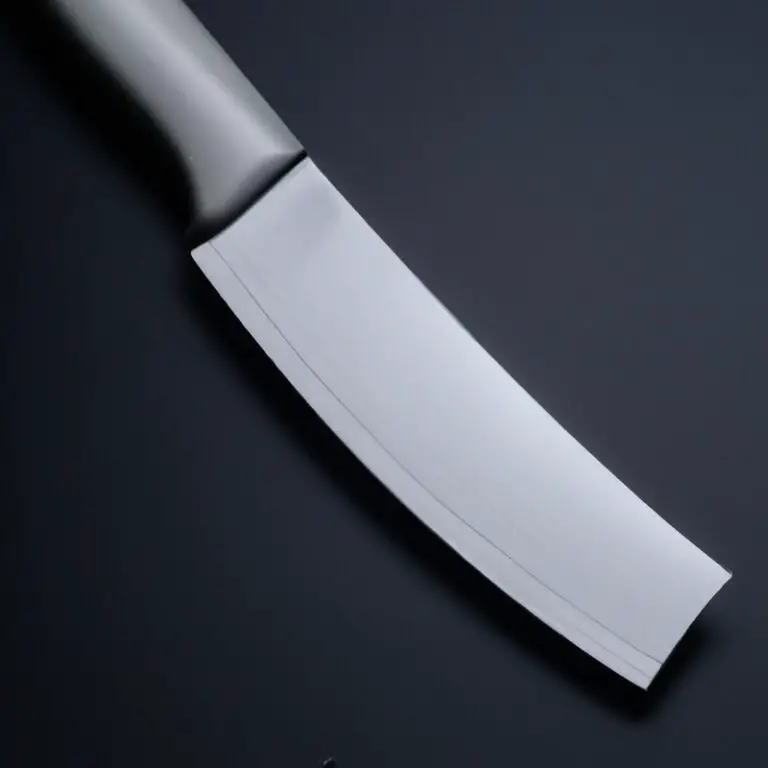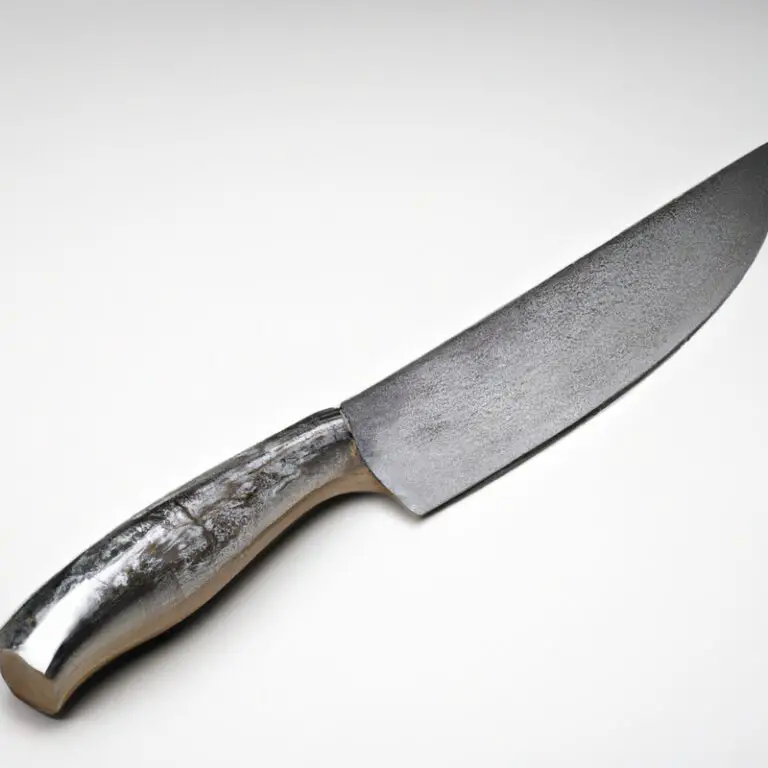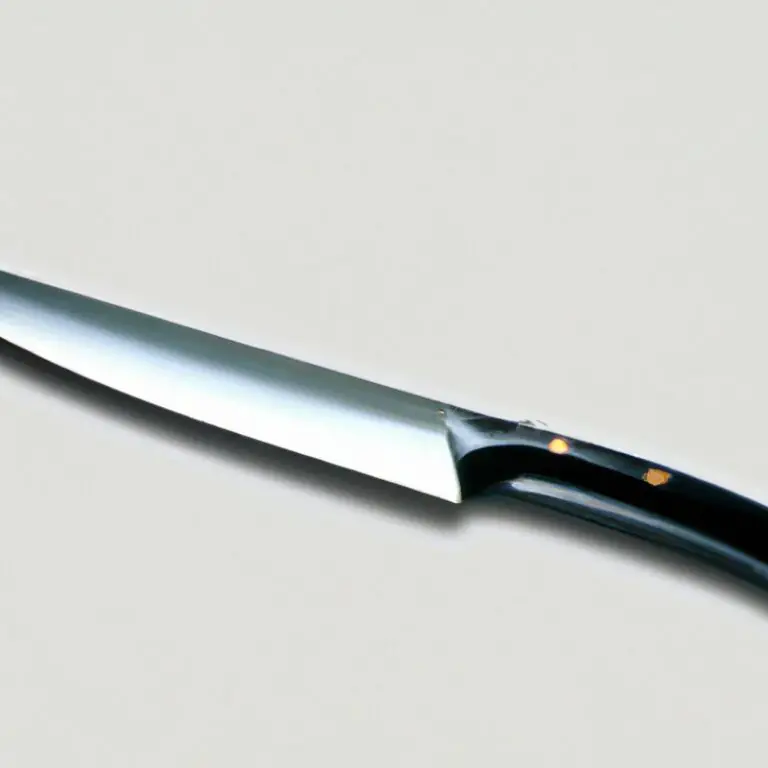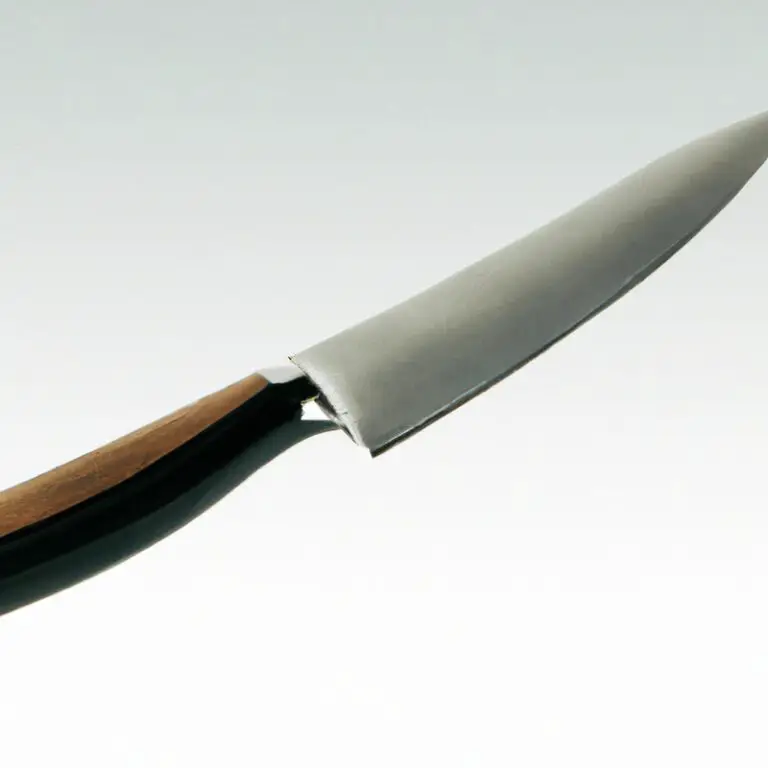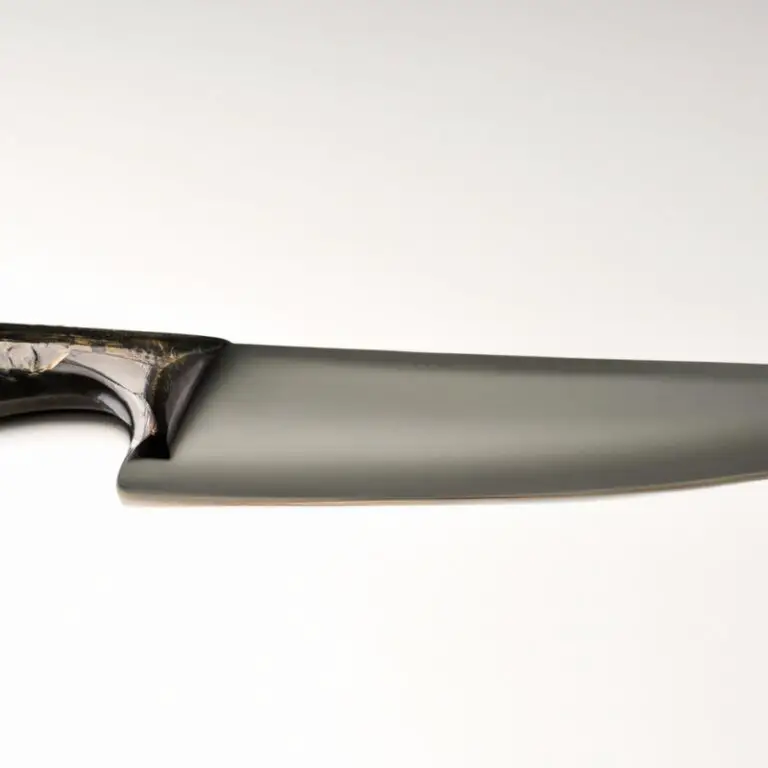What Are The Recommended Grit Sizes For Whetstones Used With Gyuto Knives? Expert-Recommended!
Key Takeaways:
- Grit sizes for whetstones used with Gyuto knives should range between 1000 and 6000 for optimal sharpening results.
- Using a coarse grit whetstone can quickly remove nicks and chips in the blade, but it is essential to follow up with a higher grit stone for a polished finish.
- Sharpening stones with a high grit size tend to wear down faster and require more frequent flattening than coarse stones.
- Consistency is key when selecting and using a whetstone grit size; choose the same grit sequence for each sharpening session to maintain your blade’s edge.
Gyuto knives are a popular choice among chefs and home cooks alike due to their versatility, sharpness, and functionality. However, maintaining their sharpness requires the right tools and techniques.
One of the essential tools is a whetstone that can effectively sharpen and polish the blade.
But how do you know which grit size to choose? In this article, we will explore the recommended grit sizes for whetstones used with Gyuto knives, the benefits of investing in high-quality whetstones, and common mistakes to avoid when using them.
So, let’s dive in and learn about the art of sharpening!
| Grit Size | Use |
|---|---|
| 220-400 | Repairing chips and nicks in the blade |
| 800-1000 | Restoring dull knives to a sharp edge |
| 2000-3000 | Maintaining a sharp edge and refining the edge |
| 5000-8000 | Polishing and refining the edge for a razor-like finish |
Understanding whetstones: A beginner’s guide
Whetstones are used to sharpen and maintain the blades of knives, including the popular Gyuto knife. Understanding the basics of whetstones is essential for achieving the perfect edge on your knife.
Whetstones are characterized by their grit size, which range from very coarse to very fine.
The finer the grit, the sharper and more polished the edge of the knife. However, a coarse grit may be necessary for removing nicks and chips from the blade.
It’s important to select the right grit size for the task at hand to ensure optimal results.
Maintaining whetstones regularly will also ensure consistent performance. By investing in high-quality whetstones and avoiding common mistakes, beginners can easily sharpen and maintain their Gyuto knives.
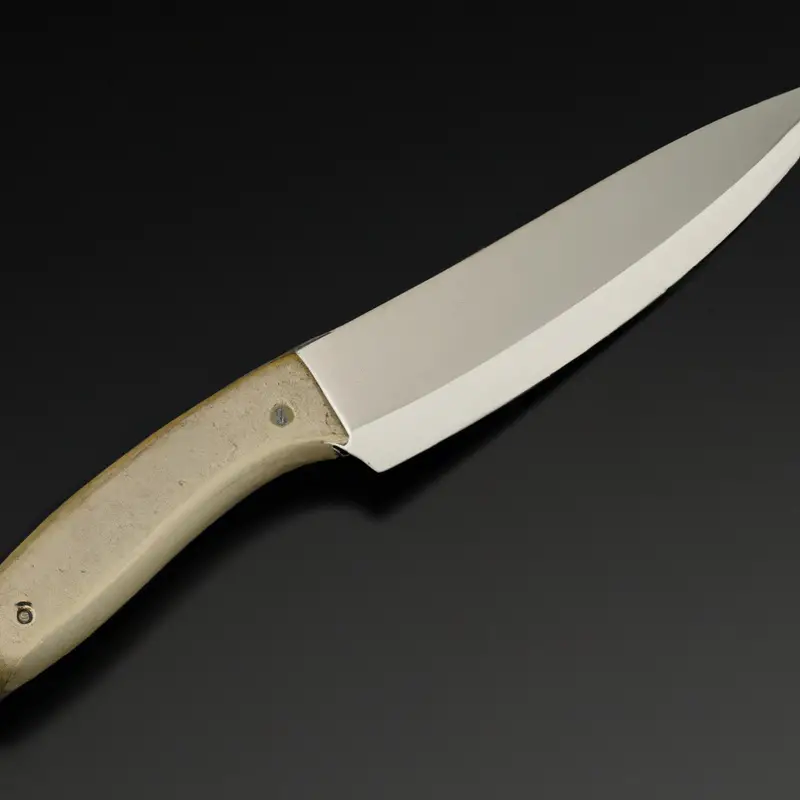
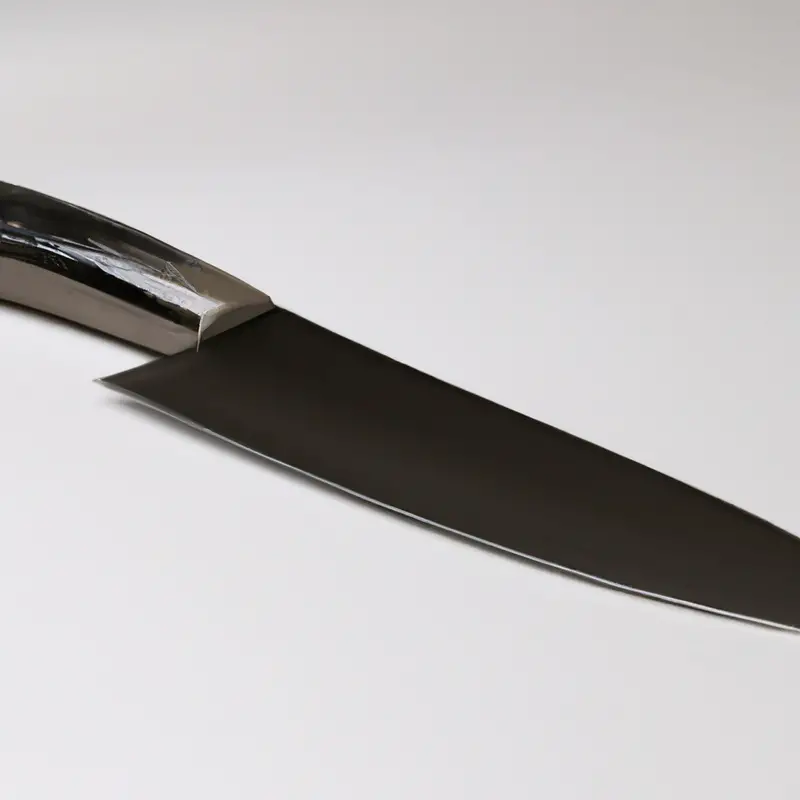
What is a Gyuto knife and how is it different from other knives?
A Gyuto knife is a Japanese chef’s knife that is commonly used in Western-style kitchens. The blade is usually between 7 and 10 inches long and is slightly curved, making it ideal for tasks that require both slicing and chopping.
Unlike other Japanese knives, the Gyuto has a thicker and heavier blade, allowing for better durability and versatility in the kitchen.
It is often compared to a Western-style chef’s knife, but the Gyuto is typically lighter and sharper. The combination of the blade’s shape and hardness makes it ideal for preparing a variety of ingredients, such as meat, fish, vegetables, and fruits.
The importance of selecting the right grit size for whetstones
Selecting the right grit size is crucial for achieving a sharp edge on your Gyuto knife. Grit sizes range from coarse to fine, with lower numbers indicating coarser grit and higher numbers indicating finer grit.
Choosing the correct grit size depends on the condition of your knife’s blade.
For sharpening dull or damaged blades, use a coarse grit stone first, then work your way up to a finer grit for a polished edge. Using a finer grit on an already sharp blade can help maintain its sharpness.
However, sometimes a coarser grit may be necessary to shape or repair your blade.
Selecting the appropriate grit size for your whetstone will ensure that you achieve the desired sharpness on your Gyuto knife.
Which grit size is best for sharpening a dull Gyuto knife?
To sharpen a dull Gyuto knife, it is recommended to start with a coarser grit size whetstone, such as a 1000 or 1200 grit. This will help to remove any chips or nicks in the blade.
Once the blade is relatively smooth, move on to a finer grit size whetstone, such as a 4000 or 6000 grit, to refine the edge and achieve a razor sharp finish.
It is important to use consistent pressure and maintain the appropriate angle while sharpening to achieve the best results. Remember, starting with too fine of a grit size can result in a longer sharpening time and may not fully address the dullness of the knife.
Can using a finer grit size on a whetstone improve your knife’s sharpness?
Using a finer grit size on a whetstone can improve your knife’s sharpness by producing a smoother and more refined edge. Finer grits remove less metal and create a sharper point on the blade.
However, it’s important to note that using only a fine grit may not be sufficient for heavily damaged knives.
In such cases, a combination of coarser and finer grits may be necessary to restore the blade’s sharpness. Overall, choosing the right grit size is crucial for maintaining the sharpness and longevity of your Gyuto knife.
Why using a coarser grit size can sometimes be necessary for Gyuto knives
Using a coarser grit size can sometimes be necessary for Gyuto knives due to their hard steel composition and steep blade angles. A coarser grit size is better suited to remove chips, nicks, and other imperfections in the edge of the blade.
It can also be useful for shaping the edge or creating a new bevel.
However, it’s important to note that using a coarse grit size too often can damage the blade and reduce its lifespan. It’s recommended to use a coarser grit size only when necessary and to finish with a finer grit size to create a smooth, sharp edge.
Understanding the specific needs of your Gyuto knife and its intended use can help determine when to use a coarser grit size.
How to properly maintain whetstones for consistent performance
To ensure consistent performance from your whetstones when sharpening a Gyuto knife, proper maintenance is key. Here are a few tips on how to maintain your whetstones:
- Store them properly: Always keep your whetstones away from moisture, dust, and other contaminants that can ruin them. Invest in a storage box, or wrap them in a clean cloth and store them in a dry, cool location.
- Keep them clean: After each use, clean your whetstone with water and a mild detergent, then rinse and dry thoroughly. This prevents the accumulation of metal shavings and other debris that can hinder its performance.
- Flatten regularly: Over time, whetstones develop lumps and bumps due to the sharpening process. Regularly flattening them using a diamond plate or flattening stone ensures a smooth and even surface for optimal sharpening.
- Avoid over-soaking: While some whetstones require soaking before use, it’s important not to overdo it. Follow the manufacturer’s instructions and do not soak the whetstone for longer than recommended, as this can cause it to lose its sharpening properties.
By following these maintenance tips, you can keep your whetstones performing consistently, resulting in sharper, more precise cuts when sharpening your Gyuto knife.
Tips for achieving the perfect edge on Gyuto knives with the recommended grit size
To achieve the perfect edge on Gyuto knives, follow these tips with the recommended grit size:
- Start with a coarse grit size (around 400-600 for dull knives and gradually move to finer grit size for a smooth finish.
- Maintain a consistent angle while sharpening the knife.
- Apply light pressure and use smooth strokes while keeping the knife blade flat to the whetstone.
- Alternate sharpening the sides of the knife to evenly sharpen the blade.
- Keep the whetstone wet with water or oil to prevent it from drying out and maintain its effectiveness.
- Finish with a ceramic honing rod to realign the edge of the knife and maintain its sharpness.
Remember to use a high-quality whetstone and practice patience for optimal results.
The benefits of investing in high-quality whetstones for sharpening Gyuto knives
Investing in high-quality whetstones provides numerous benefits for sharpening Gyuto knives. Firstly, these whetstones are made of high-quality materials that ensure durability.
This means that with proper care and maintenance, they can last for many years, saving you money as you won’t have to constantly replace them.
Secondly, high-quality whetstones offer better sharpening results compared to cheaper alternatives. They are designed with precision and accuracy in mind, allowing you to achieve a much sharper edge on your Gyuto knife with fewer strokes.
This also means that you won’t have to spend as much time sharpening your knife.
Thirdly, using high-quality whetstones can actually help extend the life of your Gyuto knife. By properly maintaining and sharpening your knife, you can prevent the blade from becoming dull and damaged, which can lead to more frequent replacements.
This is especially beneficial if you have invested in an expensive, high-end Gyuto knife.
In summary, investing in high-quality whetstones is a smart decision for anyone who wants to achieve the best possible results when sharpening their Gyuto knife. Not only do they provide better results, but they are also more durable and can help extend the life of your knife, ultimately saving you both time and money in the long run.
Common mistakes to avoid when using whetstones for sharpening Gyuto knives
When sharpening a Gyuto knife with a whetstone, there are a few common mistakes to avoid to ensure a perfect edge every time. The first mistake is using too much pressure on the knife while sharpening, which can cause the blade to warp or become uneven.
Another common mistake is not properly wetting the whetstone before use.
Without enough water, the stone can become damaged and not provide an effective sharpening surface. It is also important to maintain a consistent angle throughout the sharpening process to avoid creating an uneven edge.
Lastly, using too fine of a grit size can actually cause the blade to become duller instead of sharper.
By avoiding these common mistakes and following proper sharpening techniques, you can achieve a razor-sharp edge on your Gyuto knife.
Final Verdict
Sharpening your Gyuto knife with the right grit size of whetstone is critical for optimal performance and longevity. It is recommended to start with a coarser grit size, such as 1000, to restore a dull edge before moving on to finer grit sizes for ultimate sharpness.
Remember to properly maintain your whetstones for consistent results and always invest in high-quality ones for the best performance.
By avoiding common mistakes and following the recommended grit sizes, you can achieve the perfect edge on your Gyuto knife and take your culinary skills to the next level. Keep sharpening and enjoy precise and effortless cuts every time!

